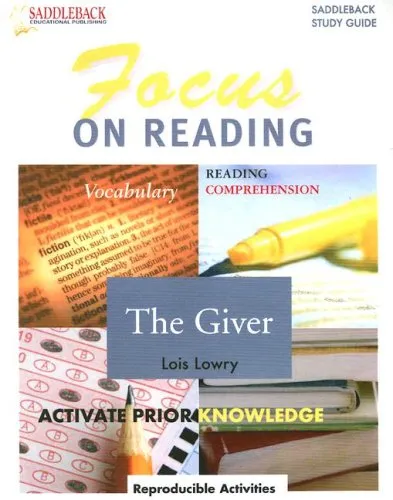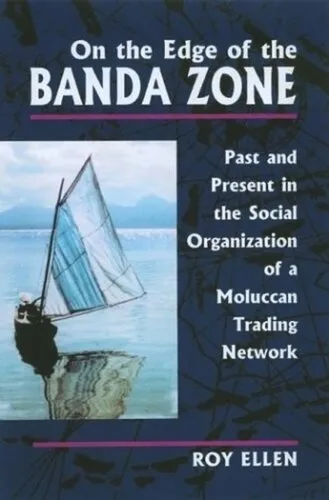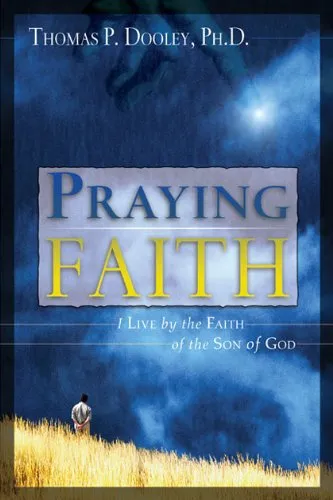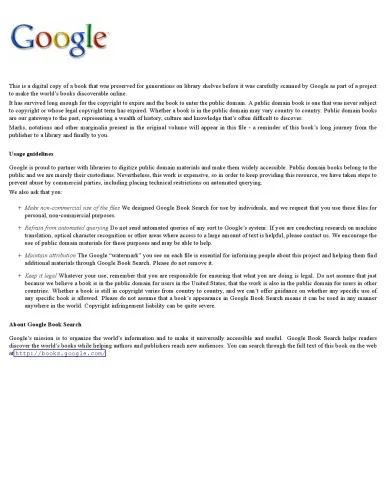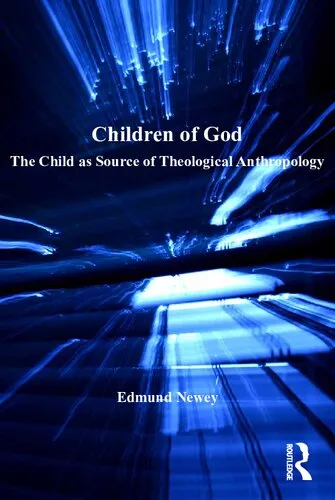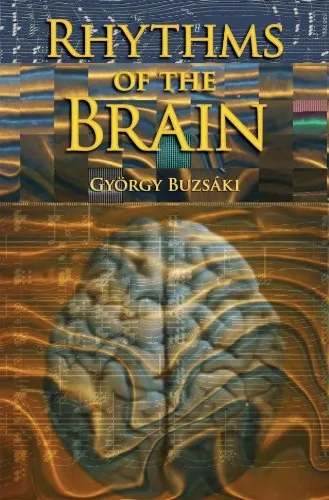Arguments and Icons: Divergent Modes of Religiosity
4.5
بر اساس نظر کاربران

شما میتونید سوالاتتون در باره کتاب رو از هوش مصنوعیش بعد از ورود بپرسید
هر دانلود یا پرسش از هوش مصنوعی 2 امتیاز لازم دارد، برای بدست آوردن امتیاز رایگان، به صفحه ی راهنمای امتیازات سر بزنید و یک سری کار ارزشمند انجام بدینکتاب های مرتبط:
معرفی کتاب 'پدیدههای حجت و نماد: گونههای مختلف دینداری'
کتاب 'Arguments and Icons: Divergent Modes of Religiosity' اثری برجسته از هاروی وایتهاوس است که به بررسی عمیق انواع مختلف دینداری میپردازد. این کتاب از دیدگاههای انسانشناسی و روانشناسی اجتماعی به گونههای متفاوت اعمال و باورهای دینی میپردازد و تلاش میکند تا نظریهای جامع از دینداری ارائه دهد.
خلاصهی کتاب
دینداری چه اسطورهای باشد و چه تجربی، همیشه موضوعی جذاب و بحثبرانگیز بوده است. کتاب "Arguments and Icons" گونههای مختلف دینداری را به دو بخش اصلی تقسیم میکند: Doctrinal و Imagistic. دکترال دین به عنوان مجموعهای از باورها و عقاید تعریف شده است که به طور منطقی سازماندهی و سادهسازی شدهاند تا به شکل واضحی درک شوند. از سوی دیگر، Imaginistic دین به تجربههای مذهبی وابسته میشود؛ تجربههایی که اغلب از راه تصاویر بصری و نمادهای فرهنگی منتقل میشوند.
نکات کلیدی
- تحلیل دو رویکرد اصلی دینداری: Doctrinal و Imagistic.
- ارزشهای فرهنگی و اجتماعی که تأثیر بر شکلگیری این دینداریها دارند.
- تحلیل نقش Ritual در ایجاد و پایداری این دو قالب دینداری.
جملات معروف از کتاب
دینداری و اثرات آن بر جامعه ترکیبی از تجربههای عمیق روانشناسی و رفتارهای نمادین است.
اهمیت کتاب
کتاب 'Arguments and Icons' به واسطه تحلیل دقیق و جامع خود شهرت یافته است. این کتاب کمک میکند تا درک عمیقتری از نحوه تعامل انسانها با دین و معنویت پیدا کنیم، و این مسأله نه تنها برای پژوهشگران بلکه برای هر فرد علاقمند به موضوعات انسانشناسی و روانشناسی دین سودمند است.
Introduction to 'Arguments and Icons: Divergent Modes of Religiosity'
Authored by Harvey Whitehouse, 'Arguments and Icons: Divergent Modes of Religiosity' provides a compelling exploration into the cognitive and social dimensions of religious experience. This book examines how distinct modes of religiosity - imagistic and doctrinal - shape beliefs, practices, and social organization.
Detailed Summary of the Book
The central thesis of 'Arguments and Icons: Divergent Modes of Religiosity' revolves around two contrasting modes of religiosity: the doctrinal mode, which is characterized by frequent and routine religious teachings, and the imagistic mode, characterized by rare, intense, and often traumatic rituals. By analyzing a wide range of ethnographic and historical data, Harvey Whitehouse demonstrates how these diverging modes impact the nature of religious communities, their longevity, and the way they integrate with broader socio-political structures.
Whitehouse argues that the doctrinal mode facilitates the formation of large-scale religious communities. These communities are typically united by shared beliefs encoded through frequent rituals and teachings that are easy to transmit across generations. In contrast, the imagistic mode tends to produce smaller, more intimate groups where shared experiences and symbols forge strong emotional bonds among members, despite being less transmissible in terms of uniform beliefs.
This dichotomy helps explain a variety of religious phenomena, from the propagation of world religions to the formation of sects and cults. Through this framework, Whitehouse reinterprets historical events and cultural practices, offering fresh insights into the evolution of human religiosity.
Key Takeaways
- The doctrinal mode is characterized by frequent rituals and teachings that foster long-lasting, large-scale religious traditions.
- The imagistic mode creates deeply personal and emotionally charged religious experiences, often within smaller, tight-knit communities.
- Understanding these modes provides a valuable framework for analyzing religious dynamism and stability across different cultures and historical periods.
Famous Quotes from the Book
"Religious traditions are constructed and maintained through the interplay of doctrinal teachings and imagistic experiences."
"The distinction between doctrinal and imagistic modes influences not just beliefs and practices but the organizational structure and societal impact of religious communities."
Why This Book Matters
'Arguments and Icons: Divergent Modes of Religiosity' offers crucial insights into the cognitive and social underpinnings of religion, a defining feature of human societies. By dissecting how different modes of religiosity function and interact, Harvey Whitehouse provides a framework that not only enhances our understanding of religion but also sheds light on broader human behaviors and institutions. This book is particularly relevant to anthropologists, sociologists, historians, and those interested in the interplay between culture and cognition. Its implications extend beyond academia, offering practical insights into contemporary religious dynamics and intercultural understanding.
دانلود رایگان مستقیم
شما میتونید سوالاتتون در باره کتاب رو از هوش مصنوعیش بعد از ورود بپرسید
دسترسی به کتابها از طریق پلتفرمهای قانونی و کتابخانههای عمومی نه تنها از حقوق نویسندگان و ناشران حمایت میکند، بلکه به پایداری فرهنگ کتابخوانی نیز کمک میرساند. پیش از دانلود، لحظهای به بررسی این گزینهها فکر کنید.
این کتاب رو در پلتفرم های دیگه ببینید
WorldCat به شما کمک میکنه تا کتاب ها رو در کتابخانه های سراسر دنیا پیدا کنید
امتیازها، نظرات تخصصی و صحبت ها درباره کتاب را در Goodreads ببینید
کتابهای کمیاب یا دست دوم را در AbeBooks پیدا کنید و بخرید
1461
بازدید4.5
امتیاز0
نظر98%
رضایتنظرات:
4.5
بر اساس 0 نظر کاربران
Questions & Answers
Ask questions about this book or help others by answering
No questions yet. Be the first to ask!


